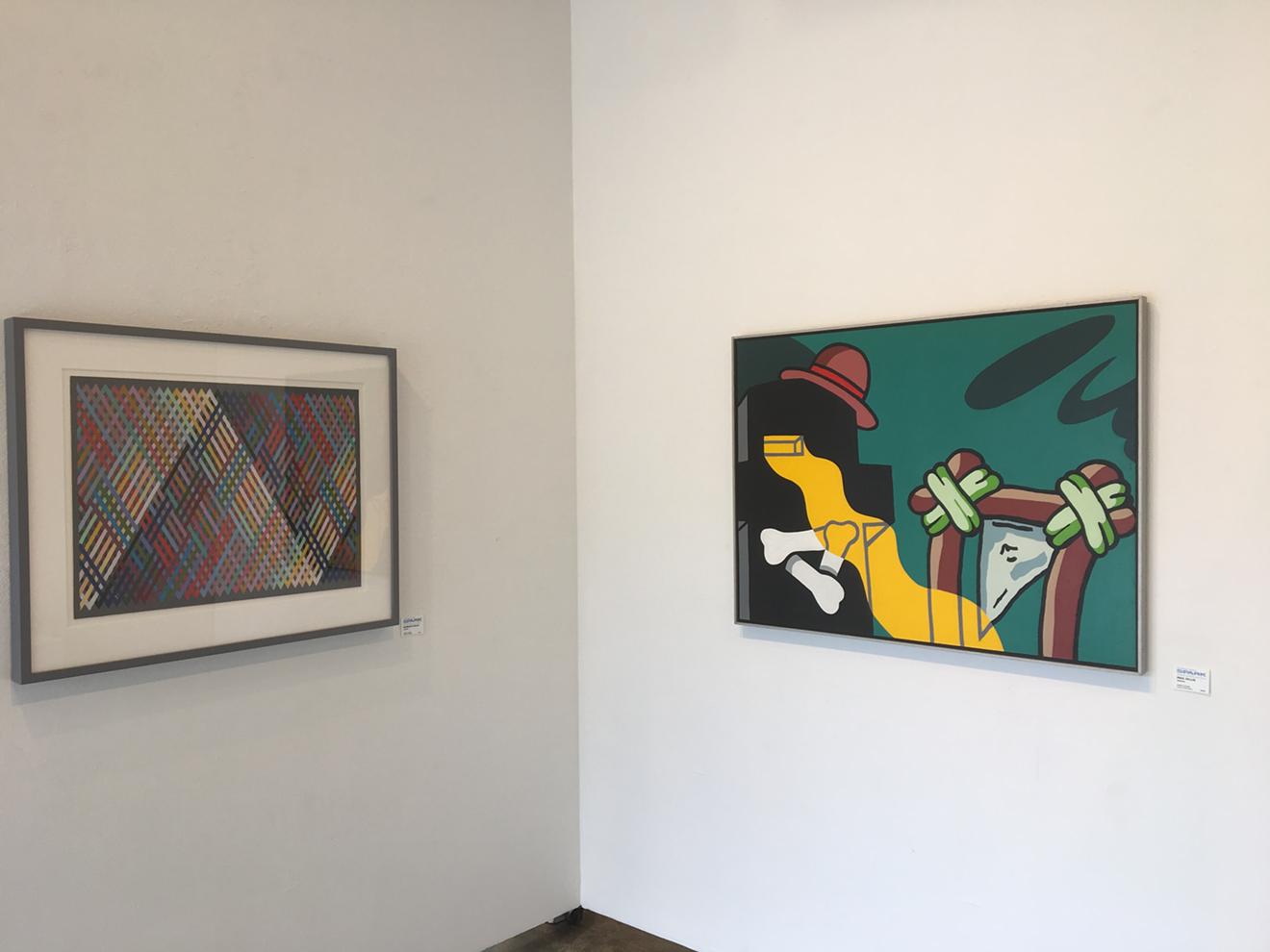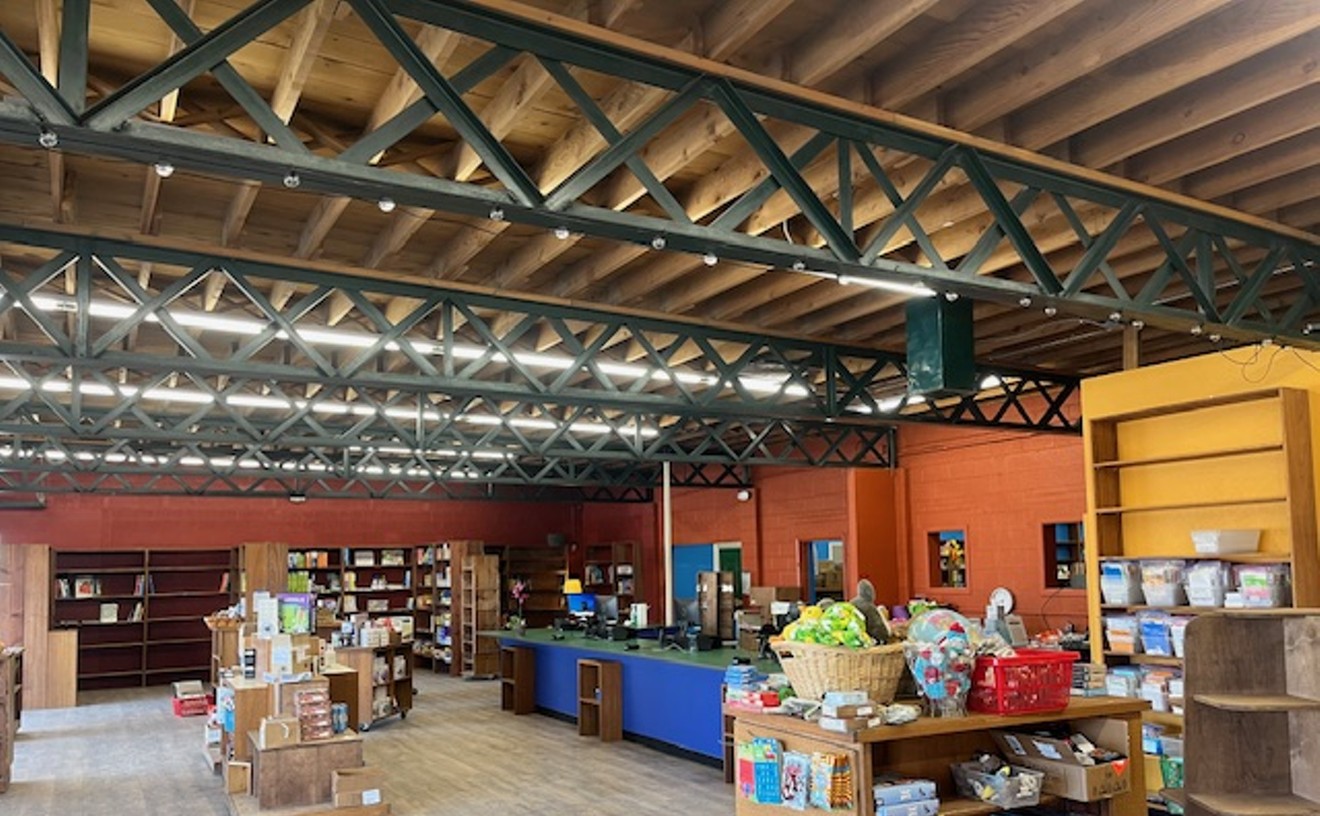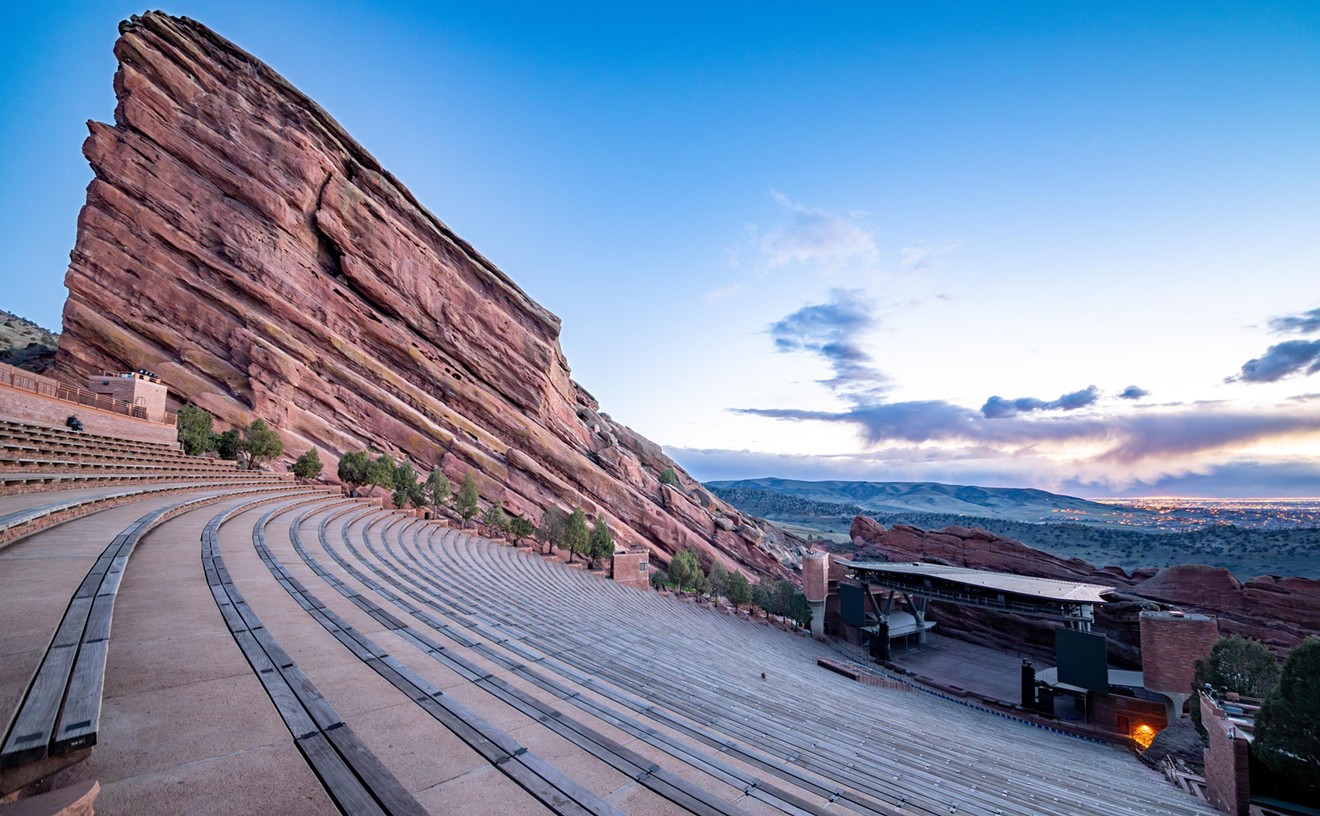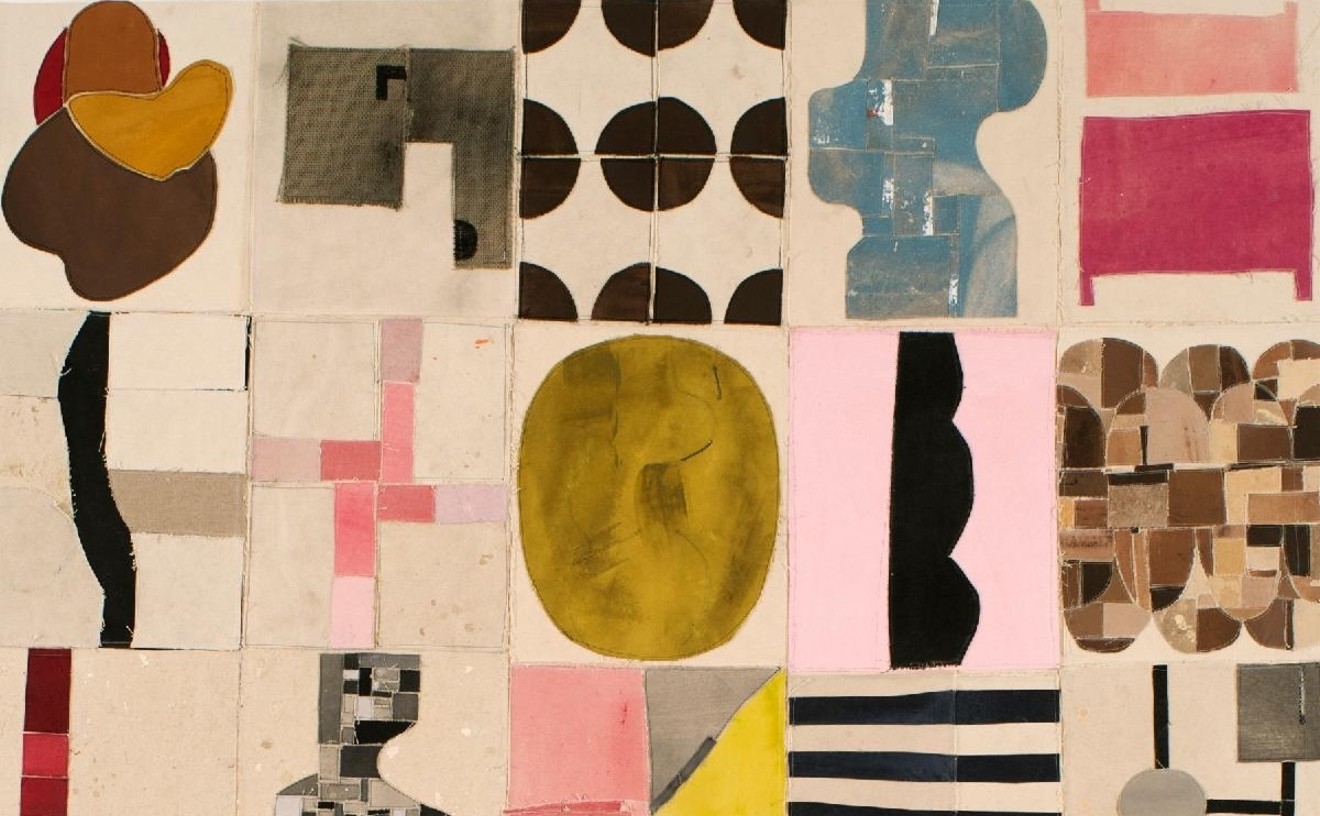A committee of members and past members put the exhibitions together, and the first one represents a history lesson on local vanguard art of a generation or so ago. Sadly, no historic narrative has been put together to explain how Spark came together, so viewers are left to figure things out on their own. I’ve said it before and I’ll say it again: History Colorado ought to be recording the reminiscences of the founding members, most of whom are happily still alive, some of them the key contemporary artists to emerge in Colorado in the late twentieth century.
I wasn’t in Denver when Spark was founded, but over the years, I’ve learned (and even surmised) quite a bit. First, it was named for Margaret Neumann’s dog, Sparky. Second, it was the ultimate conclusion of a chain of events that form a dotted line through Colorado's contemporary art scene. Among its direct antecedents are Drop City, the Armory Group, Criss-Cross and Boulder’s Edge Gallery (no connection to the co-op now in Lakewood). Taken together, these connections demonstrate how important Spark was — and is — to the big picture of this state’s contemporary art history.
Though no particular style defined the efforts of Spark's founders, several of them were concerned with mathematically derived compositions — typically patterns, but also more complex axiomatic images. That’s certainly the case with Clark Richert, Richard Kallweit, Charles DiJulio, Jerry Johnson, Marilyn Nelson and the nearly forgotten spiritual mentor to all of them, George Woodman. Sculptor Andy Libertone is doing something related but clearly different, though he has the same taste for hard edges as the others. (Libertone was an early guiding light for Spark, and lived above the co-op's first location, at West 32nd Avenue and Osage Street.) There were also founders who embraced a range of representational approaches, from neo-expressionist Neumann to realist John Fudge and even artists creating work with a cartoonish tilt, exemplified by Paul Gillis. His stunning if idiosyncratic “Untitled” is one of the show’s standouts.

Installation view of Joe Clower: Paintings, with "Chaos Hell of Ecstasy" on the right.
Wes Magyar, courtesy Rule Gallery
The show comprises older paintings as well as more recent works on paper. Astoundingly, Clower was so far ahead of the pack and everything looks so fresh and new, the pieces could have been done just last month. His distinctive style includes simple compositions, sometimes with cartoonish conventionalized depictions of recognizable things reduced to their most minimal expression. A good example is “Roadside Scene,” in which a flying saucer glides over a ziggurat pyramid; the monument, in rich shades of green, is set against a taxicab yellow. “Chaos Hell of Ecstasy,” in enamel on tin panels that have been tiled over a wooden board, has a neo-classical air, with a partly hidden colonnade and what looks like a section of iron fence. The palette is fire-engine red against black and white. These colors are so sharp and clean, and the painting has such a contemporary feel, it’s surprising to learn that it was painted more than twenty years ago.
In contrast to the paintings, the watercolors, nearly all of which are untitled, have atmospheric qualities, and the renderings are much less flat. Clower employs more emphatic representational devices, like shadowing, with these to further the illusion of three-dimensional space. In one there’s an old-timey skyscraper, in another a propeller mounted on a tower. This very strong and compelling solo is a great start for Rule's new location.

"Full Master," in Expertly Paired: Ramiro Smith Estrada at Leon Gallery.
Amanda Tipton, courtesy Leon Gallery
The show’s title is meant to touch on what the artist is doing in the paintings, which is juxtaposing different images, but despite the inherent duality implied by the word “paired,” Smith Estrada instead assembles a multitude of different images in the same piece. The artist is very into appropriation, and he told me with a laugh that “Expertly Paired” is a slogan used by Kraft Cheese.

"Soviet Jet" (from left), "Fantasy Lethal" and "Dandy del Barrio," by Ramiro Smith Estrada.
Amanda Tipton, courtesy Leon Gallery
Smith Estrada says that the reason he hides the identity of the models by masking their faces is so that his paintings stand in opposition to the narcissism of selfie culture as exemplified by social media. Good luck fighting that.
The shows at Spark, Rule and Leon take us from 1970s Boulder to 21st-century Buenos Aires, and it's a journey worth taking right here in town, right now.
Spark 40th Anniversary Show, Part I, through July 28, Spark Gallery, 900 Santa Fe Drive, 720-889-2200, sparkgallery.com.
Joe Clower: Paintings, through August 10, Rule Gallery, 808 Santa Fe Drive, 303-800-6776, rulegallery.com.
Ramiro Smith Estrada: Expertly Paired, through August 10, Leon Gallery, 1112 East 17th Avenue, 303-832-1599, leongallery.com.











